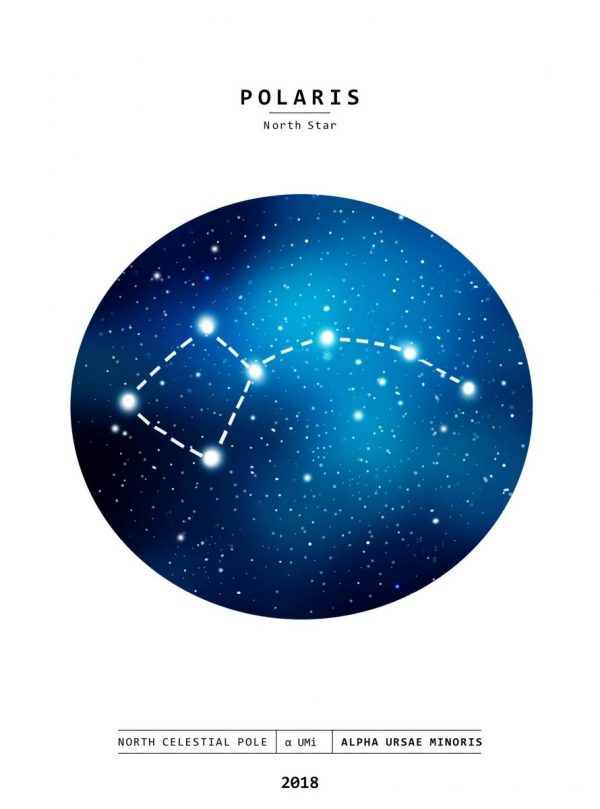Tucked in the southeast corner of the Western Washington University campus lies Stone Enclosure: Rock Rings. Sitting alone in a grass field, two rock rings take form. Each ring stands a little less than twice the height of a person. One 40 feet in diameter and the other half that. Within the rings are two sets of matching archways that create a tunnel from the end to end. Six evenly spaced portholes are placed around each ring. The archways and windows are set up in a way that they match a compass. The sculpture itself is constructed with a 230 million year old locally sourced schist form the British Colombia. The large angular rocks that make up the piece conforms to the natural setting that the sculpture resides in. Construction of Rock Rings took place between 1977 and 1978.
Nancy Holt, designer of Stone Enclosure: Rock Rings was born on April 5, 1938 and died on February 8, 2014. Her main focus was on Land art with an emphasis on incorporating her art into the land. When she was first starting on Land art, many pieces overshadowed the land around them and held the sculpture at the forefront. Holt was one of the first to make art the exists amidst the land. Much of her work incorporates geologic and time specific events that allow the observer to participate with the work. Holt’s most recognizable work, Sun Tunnels, is known as the “American Stonehenge” and also features a strong link between the art and its environment. This work is constructed out of four concrete pipes that each point towards one of the cardinal directions. On the winter and summer solstice, The sun moves perfectly through the tunnels. Much of Holt’s career was spent helping to preserve her husband’s legacy. Due to this, some of her projects were put on hold to help her husband however, Holt was still able to produce amazing work that fully incorporates Land art and the environment that it exists in. Nancy Holt’s efforts to produce environmentally focused Land art paved the way for female and Land artists alike.
Nancy Holt designed Stone Enclosure: Rock Rings according to celestial layout of the North Star, Polaris. This star acted as a guide to many ships in the past, providing a point of reference and allowing sailors to travel the seas. This same star now is a symbol in Rock Rings. Orienting the sculpture to align as a compass allows Rock Rings to become something greater than just a stone castle tucked away by a forest. Instead, the piece is now a indication that environmental art connects us with the land. Stone Enclosure: Rocks Rings, and other works by Nancy Holt, are important because they pushed the boundaries surrounding Land art. No longer does a piece of Land art need to be the main focus, forcing its environment to confine to its boundaries. Nancy Holt was one of the first to realize that letting an art piece exist within its environment can actually heighten the experience of art, creating a participatory event for the viewer to enjoy.
Bibliography
Clark-Langager. “Stone Enclosure: Rock Rings”. Western Gallery. westerngallery.wwu.edu/sculpture/stone-enclosure-rock-rings. Accessed 6 February 2018.
Flaksman, Catarina. “Nancy Holt Artist Overview and Analysis”. The Art Story. www.theartstory.org/artist-holt-nancy.htm. Accessed 6 February 2018.
Inscoe, Michael. “Rock Rings”. Atlas Obscura. www.atlasobscura.com/places/stone-enclosure-rock-rings. Accessed 5 February 2018.
Hoefel, Bradley. “Stone Enclosure: Rock Rings”. Western Washington Education. 12 May 2017. wp.wwu.edu/wwuart109/2017/05/12/stone-enclosure-rock-rings-nancy-holt-1977-1978/. Web. Accessed 6 Feb 2018.
Sarah Ounniyom
Admin, Artist
Caelan Johnson
Researcher


Leave a Reply